
ObjectOriented Analysis And Design — Conceptual Model (Part 2) by Omar Elgabry OmarElgabry
Let's understand these concepts in detail: 1. Entities. Entities are the foundational components of data modeling. They represent real-world objects, concepts, or things about which you want to store data. In an e-commerce context, entities could include "Product," "Customer," "Order," and "Supplier.".

1. Examples of conceptual models (courtesy of W. Heijs) A. Bivariate... Download Scientific
Concept-based learning improves a deep learning model's interpretability by explaining its predictions via human-understandable concepts. Deep learning models trained under this paradigm heavily rely on the assumption that neural networks can learn to predict the presence or absence of a given concept independently of other concepts. Recent work, however, strongly suggests that this assumption.

Concept models architecture, Conceptual model architecture, Concept architecture
Translation simulation part of Examples. This module introduces students to the basics behind translation of a messenger RNA sequence into protein. In addition to text and movies, there are interactive shockwave animations that allow students to move ribosomes and tRNAs to perform translation. Subject: Biology: Molecular Biology.

Concept Modeling with Stratasys take design from digital to physical world
Another approach to developing a concept model, better in many respects, is in conjunction with the actual authoring of textual business statements themselves (e.g., policy statements, product descriptions, regulation, etc.). We have done this for many years, for example, in conjunction with writing business rules.

Sample Bussiness Concept Paper FREE 10+ Concept Proposal Examples & Samples in PDF Examples
A concept model is a representation or specification of an idea or object that exists in the mind. It is a conceptual framework or blueprint that helps to organize thoughts and plan the creation or invention of something. Concept models are used to visually illustrate the concept, design, or thought process behind a product or project.
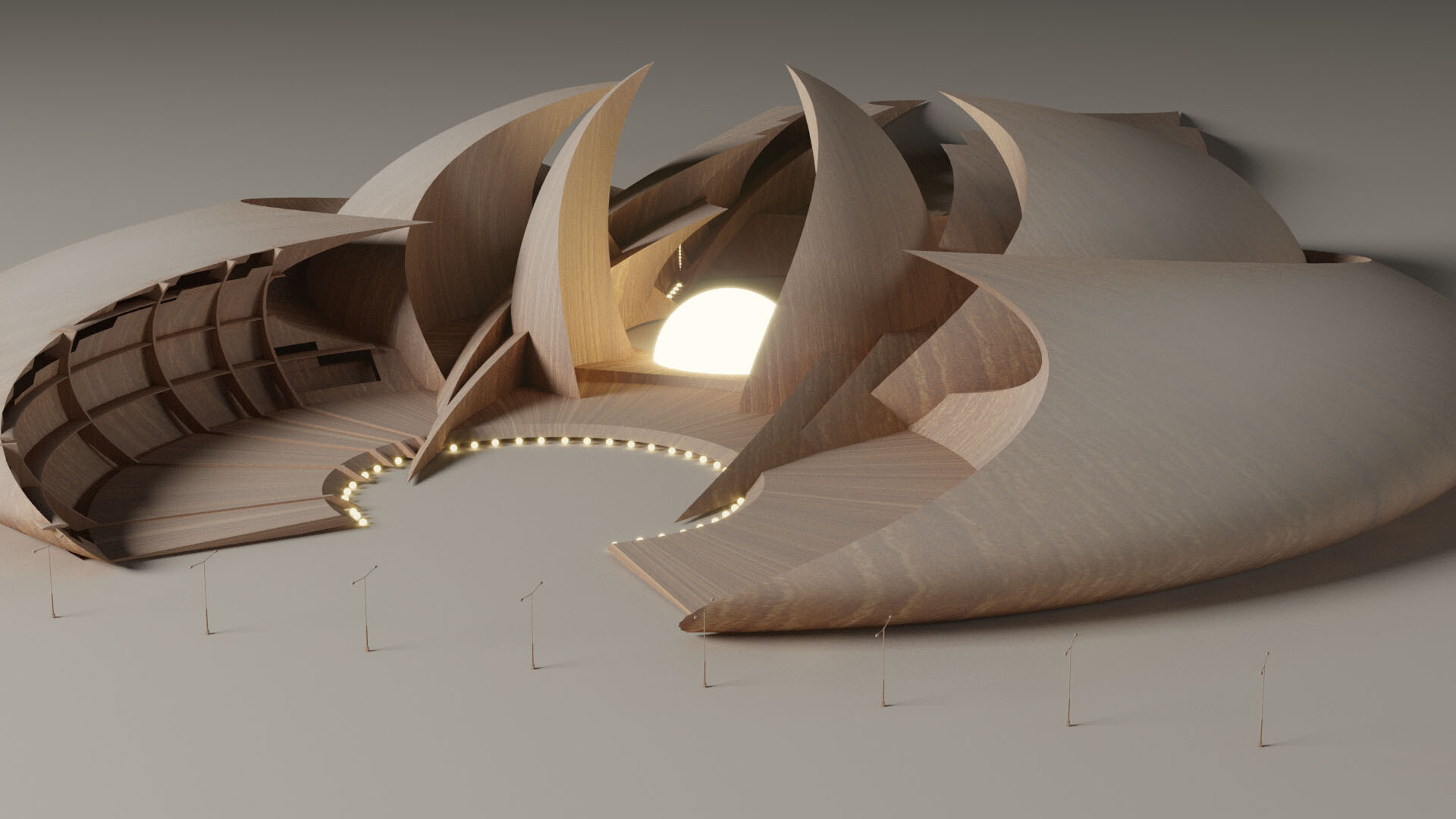
ArtStation Conceptual Architecture Model
There are three stages in data modeling: conceptual, logical, and physical. Each stage brings the database closer to reality. Data modeling stages The conceptual model sketches out the entities to be represented and determines what kinds of relationships exist between them.

What Is Conceptual Modeling? Conceptual Modeling In A Nutshell FourWeekMBA
Essential concepts mean roles, people, places, or processes, that are an integral part of the business model. Remember to think big, start small, and scale fast as outlined in my self-service BI article. When modeling data, conceptual data models are the first of three primary types of data models. Those three are conceptual, logical, and physical.
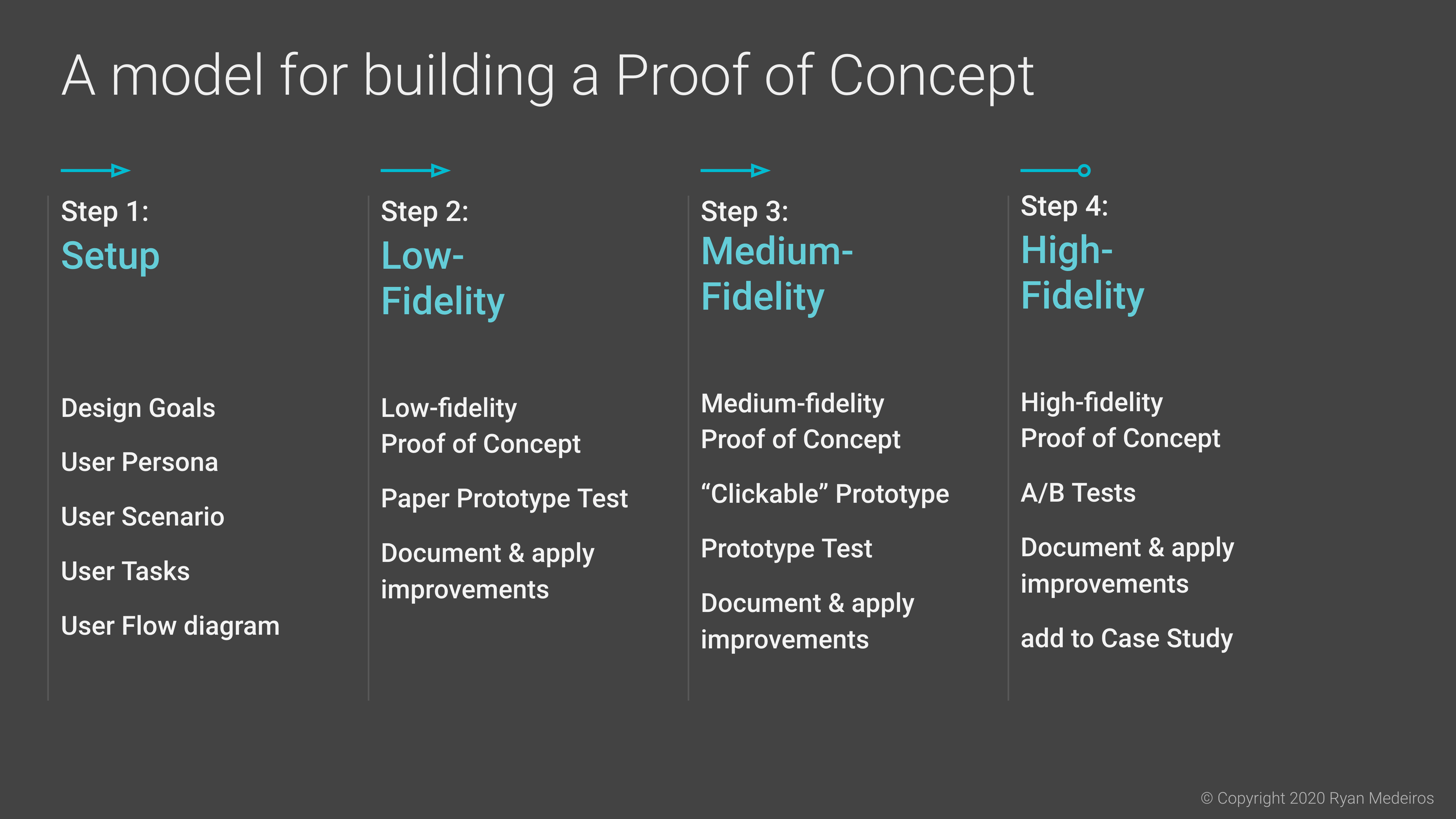
Setting up a successful UX proof of concept by Ryan Medeiros UX Collective
Conceptual models are often visual representations of abstract concepts, as seen in the following example: This model represents working memory. This model depicts working memory and.

Business Analysis Core Concept Model Explained YouTube
A concept model organizes the business vocabulary needed to communicate consistently and thoroughly about the know-how of a problem domain. A concept model starts with a glossary of business terms and definitions. It puts a very high premium on high-quality, design-independent definitions, free of data or implementation biases.

ML+ARCHITECTURE Concept Models
Concept model example. This concept model template can help you: - Identify correct terms to use in communication. - Organize your business vocabulary. - Easily and effectively collaborate with colleagues. Open this template to view a detailed example of a concept model that you can customize to your use case. Use this template.
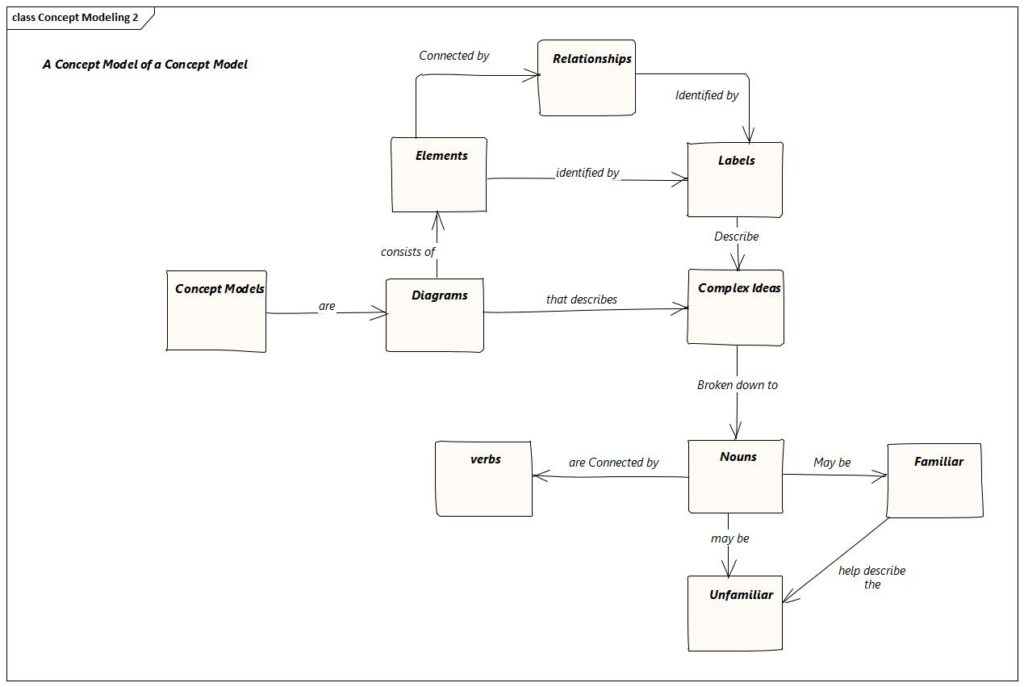
Concept Modelling 101
What Is It Used For? The conceptual data model is the very first and the most abstract data model in the data modeling process. It is a high-level diagram that we use to define, describe, organize, and present data elements and their relationships with relatively few details. Conceptual data models contain only:
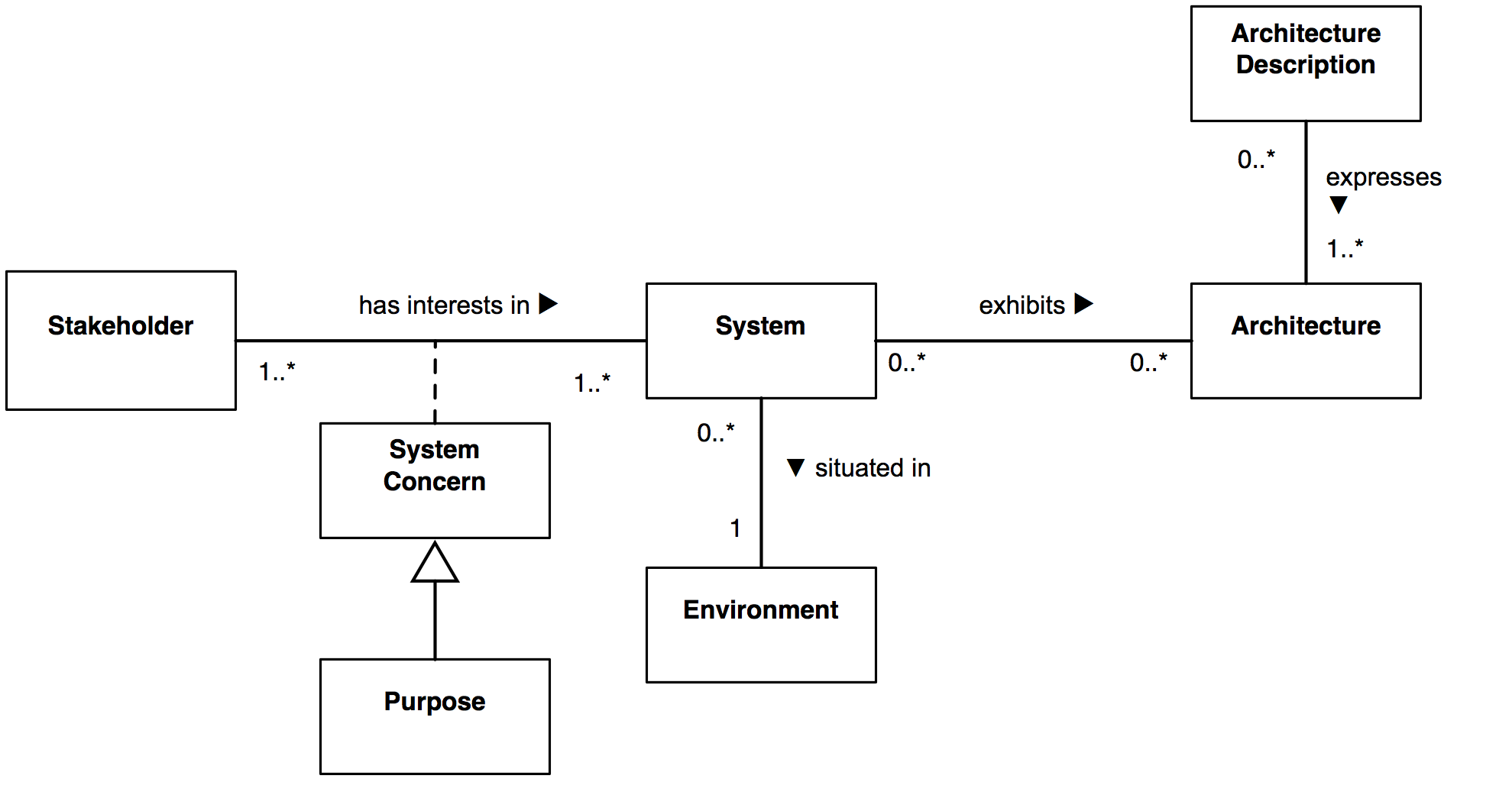
ISO/IEC/IEEE 42010 Conceptual Model
A concept model is a way of organising and structuring a business vocabulary so that the operational know-how of a domain can be communicated clearly, thoroughly, and consistently. The basis of a concept model is a glossary that defines the core noun concepts of a specific knowledge domain.
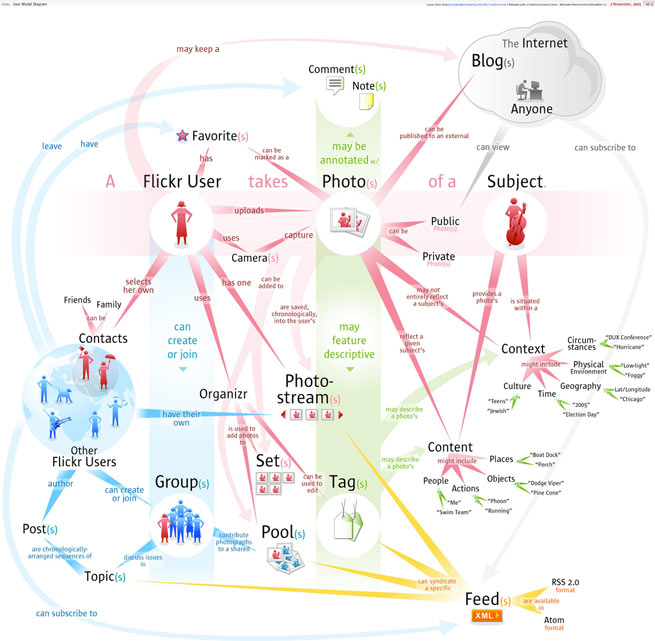
How to Make a Concept Model Boxes and Arrows
The concepts that would mostly be represented in a concept model are highlighted in the BABOK guide and are as follows: Noun Concepts: The noun concepts of a domain are easy to spot and are considered "given", for example "Order", "Author", etc

How To Create a Conceptual Data Model Why Change
Conceptual modeling is the activity of formally describing some aspects of the physical and social world around us for the purposes of understanding and communication. [4] Fundamental objectives Comparison model highlighting conceptual model role in system process
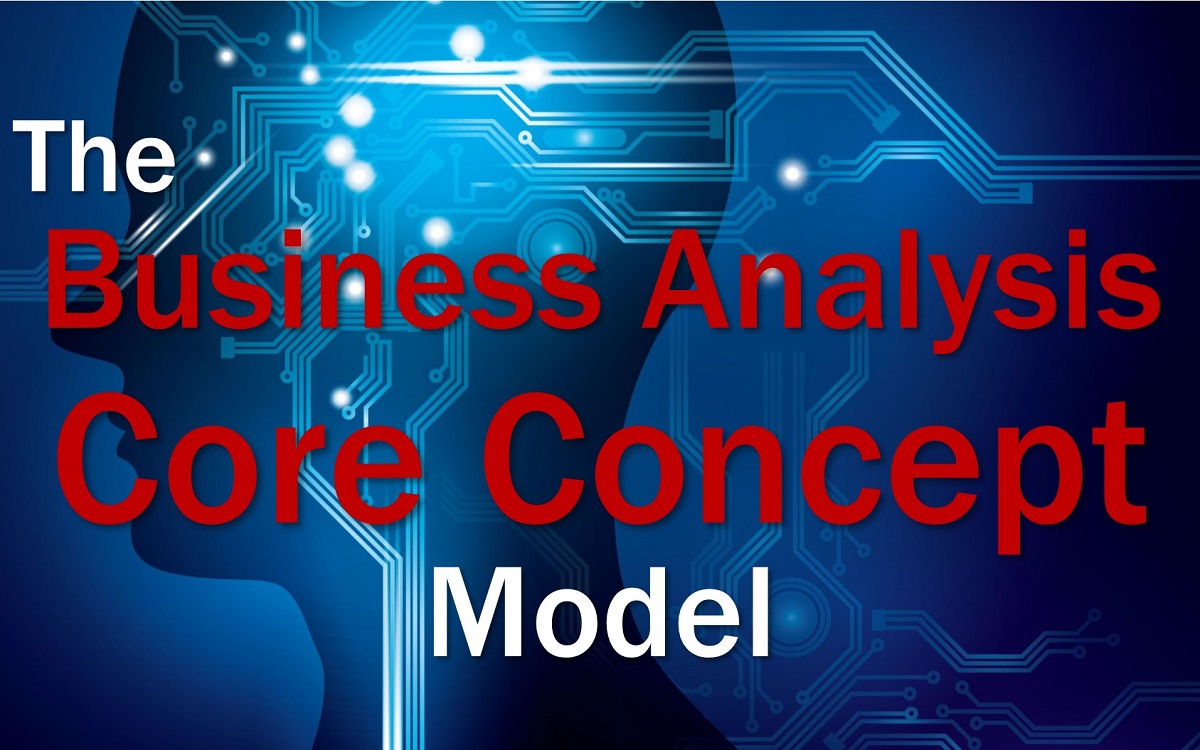
How to use the Business Analysis Core Concept Model
So here are some practical examples of Conceptual Models. How meta is this a concept model of a concept model? The diagram speaks for itself. You can read sentences in the diagram. Concept Models are Diagrams that describes complex ideas and is broken down into Nouns.

constructing a conceptual architectural model YouTube
A conceptual model as a descriptive conceptual model is a deliverable of an understandable (may be, ready to apply or to practise) and formalised (or well-formed) [concept-based], unconditionally acceptable conceptualisation of perception and domain-situation models for interaction and discourses.